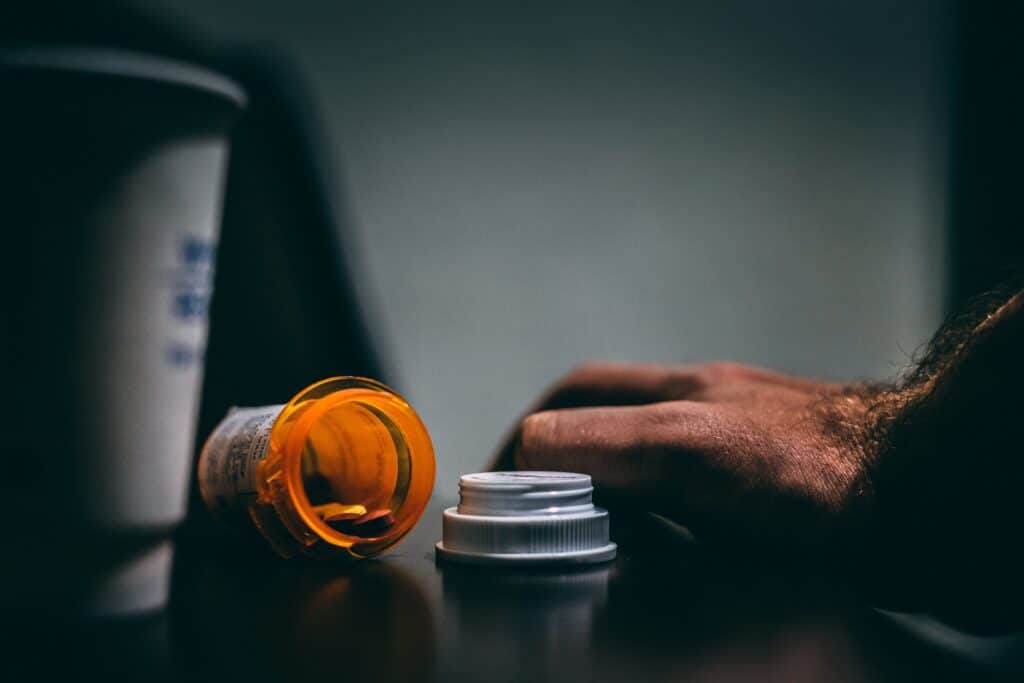
Whether you or someone you know has experienced opioid addiction, the effects of opioid misuse on society continues to claim lives.
Opioid addiction has been a pressing topic for more than three decades since the beginning of the opioid epidemic in the late 1990s. Throughout the years, the impact of opioids on the population has evolved and, ultimately, worsened.
History of Opioids and Addiction
A category of opioids known as opiates has been around for centuries. The source of opiates comes from the poppy plant, which holds powerful analgesic properties. Throughout history, people smoked opium recreationally, but eventually, morphine was created and used medicinally and still is to this day.
Although historical records show that even hundreds of years ago, opiates were known to be addictive, their popularity never waned. As morphine’s therapeutic use for pain relief and the development of anesthesia expanded, opiates solidified their role in medicine.
Fast forward to thirty years ago, illicit opiate heroin was flooding streets across the nation. Everyone from troubled school kids to famous actors and musicians were losing their lives to fatal overdoses due to heroin’s sweeping and dangerous popularity. Little did we know at the time that this was only the beginning of our modern troubles with opioid drugs.

Overprescribing and Opioid Misuse
Despite concerns over heroin, the pharmaceutical industry launched a set of new drugs into the market known as opioids. Opioids are different from opiates in that they are fully synthetic and do not require the poppy plant. This means they are much cheaper to produce and can be much more powerful than opiates.
In 2000, the drug OxyContin became available and would soon change history. The powerful painkiller was lauded as a non-addictive medication that could help people with everything from acute to chronic pain with minimal side effects. We know now that these claims were far from truthful.
Despite growing concerns about opioid dependency among patients, physicians were incentivized and encouraged to continue prescribing the medication for pain management. This quickly led many people who never intended to misuse opioids into spiraling opioid addiction.
Those who found themselves addicted to their painkiller medication couldn’t easily discontinue their use without overwhelming withdrawal symptoms. Due to the nature of addiction, many couldn’t mentally bear the idea of living without the medication and didn’t want to stop.
Patients addicted to opioids would begin “doctor shopping” to acquire more and more of the drugs. Sometimes, they would resort to using illicit street drugs like heroin to obtain a greater high than they could afford through medication. All of these factors led to the eventual opioid overdose crisis as we know it today.
Risks of Long-term Opioid Use and Opioid Misuse
Long-term use of opioids, whether prescribed or used illicitly, can lead to many harmful and potentially fatal side effects, including:
- Chronic constipation
- Liver damage
- Brain damage
- Heart conditions
- Lessened pain resiliency
- Increased risk of falling
- Opioid use disorder
- Fatal overdose
People who become addicted to their opioid medications may begin to experiment with more potent and illicit drugs outside of medical discretion. Opioid addiction often causes many to lose their homes, jobs and familial relationships.
“There is no segment of our society that has been spared from the opioid crisis.”
– Andrew Kolodny, Opioid Policy Research at the Heller School for Social Policy and Management

Recognizing Signs of Opioid Addiction
Although people struggling with opioid misuse will all have unique experiences, there are several well-known signs of addiction that occur most often:
- Taking more medication than prescribed
- Finishing prescription pills early
- Seeking medication from more than one provider
- Frequent sickness due to withdrawal symptoms
- Incessant drowsiness and lethargy
- Distancing from social life and responsibility
- Job loss if not on disability
- Financial trouble or asking for small loans
- Items going missing due to being sold for cash
- Refusal to discuss potential dependency
There are many more signs that someone is struggling with opioid addiction, as it’s a “family disease” that affects everyone around them. However, it may be difficult to address opioid addiction with a friend or loved one until they’re ready to come to terms with their condition.
Managing Pain Without Opioids
In 2016, new opioid prescription guidelines were put in place by the CDC in hopes of reducing the number of opioid scripts written to patients across the country. To address the opioid overdose crisis, authorities implemented dose limits and established a comprehensive database. This system carefully tracks both medical providers and patients involved with opioids.
Although the new guidelines helped prevent new patients from receiving unnecessary opioid medications in lieu of non-opioid options, this wasn’t enough to prevent opioid overdose rates.
Around the time of the new prescription guidelines announcement, fentanyl was taking the illicit street drug market by storm. The fully synthetic opioid is nearly ten times more powerful than heroin and cheap to produce, making it cheaper to buy and alluring to those long addicted.
The strict 2016 guidelines impacted those who suffer from rare and debilitating painful conditions, and many were dismayed that their most reliable treatment had become challenging to continue. Although experts continue to believe that opioid medication should only be used in dire circumstances, the strict guidelines have negatively impacted many long-term opioid users.
In 2022, amid the global COVID-19 pandemic and an influx of fentanyl on the streets, the CDC updated opioid prescribing guidelines to a slightly relaxed format for patients who genuinely needed the medication when appropriate. It became clear that fentanyl was a formidable threat to the country and its citizens.

Opioid Overdose Prevention and Treatment at AppleGate Recovery
There has never been a more critical time for those who struggle with opioid addiction to seek professional help. AppleGate Recovery provides evidence-based treatment methods for opioid use disorder in a convenient and private outpatient setting. With FDA-approved medication and substance use counseling, patients significantly increase their chances of long-term recovery and relapse overdose prevention. To learn more about the programs we offer, reach out to the nearest AppleGate Recovery location today.
